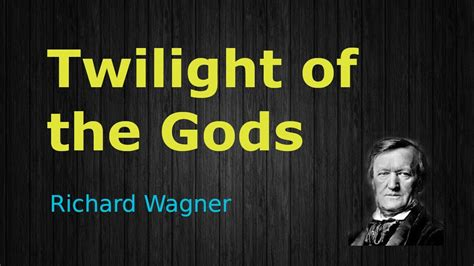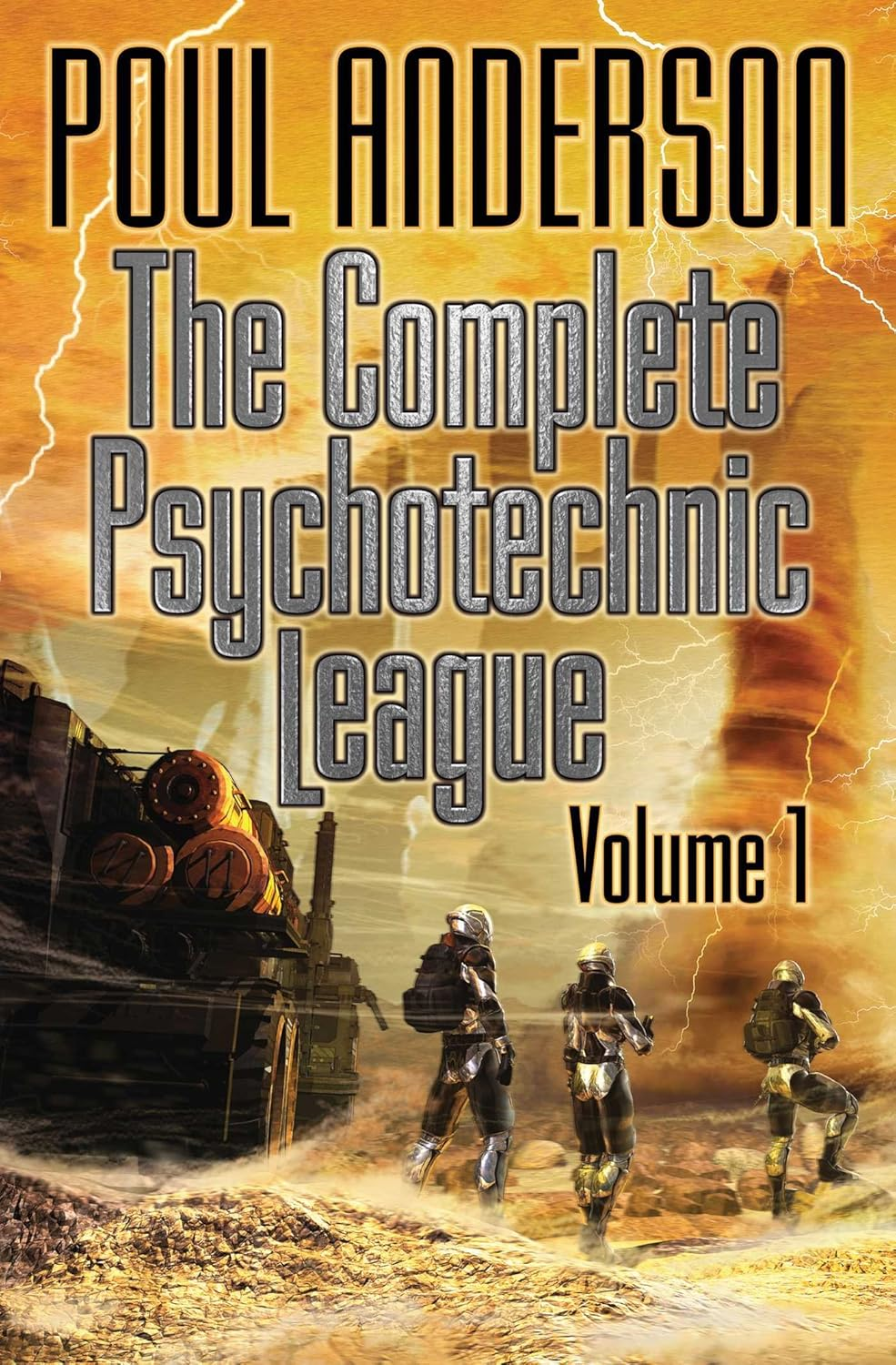Vault Of The Ages, Chapter 9.
I have summarized Andersonian battle scenes on land, at sea or in space before. We have just read through and past Anderson's description of the battle between the Dalesmen and the Lann. Military sf is a distinct sub-genre. Some readers appreciate this aspect of works by Poul Anderson, Jerry Pournelle and SM Stirling. Such readers might even include military experts or veterans, which I am not. My expertise is philosophy, which explains why I focus on textual references to "gods" rather than on accounts of combat. However, Anderson addresses every aspect of human experience so this blog welcomes comments from readers who focus on other aspects - and also from those who read something other than sf! which is what I should spend the rest of this evening doing.
Only one more full day before I am in London Thursday to Sunday.









